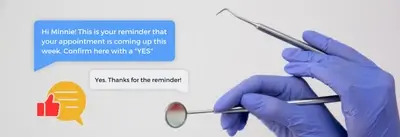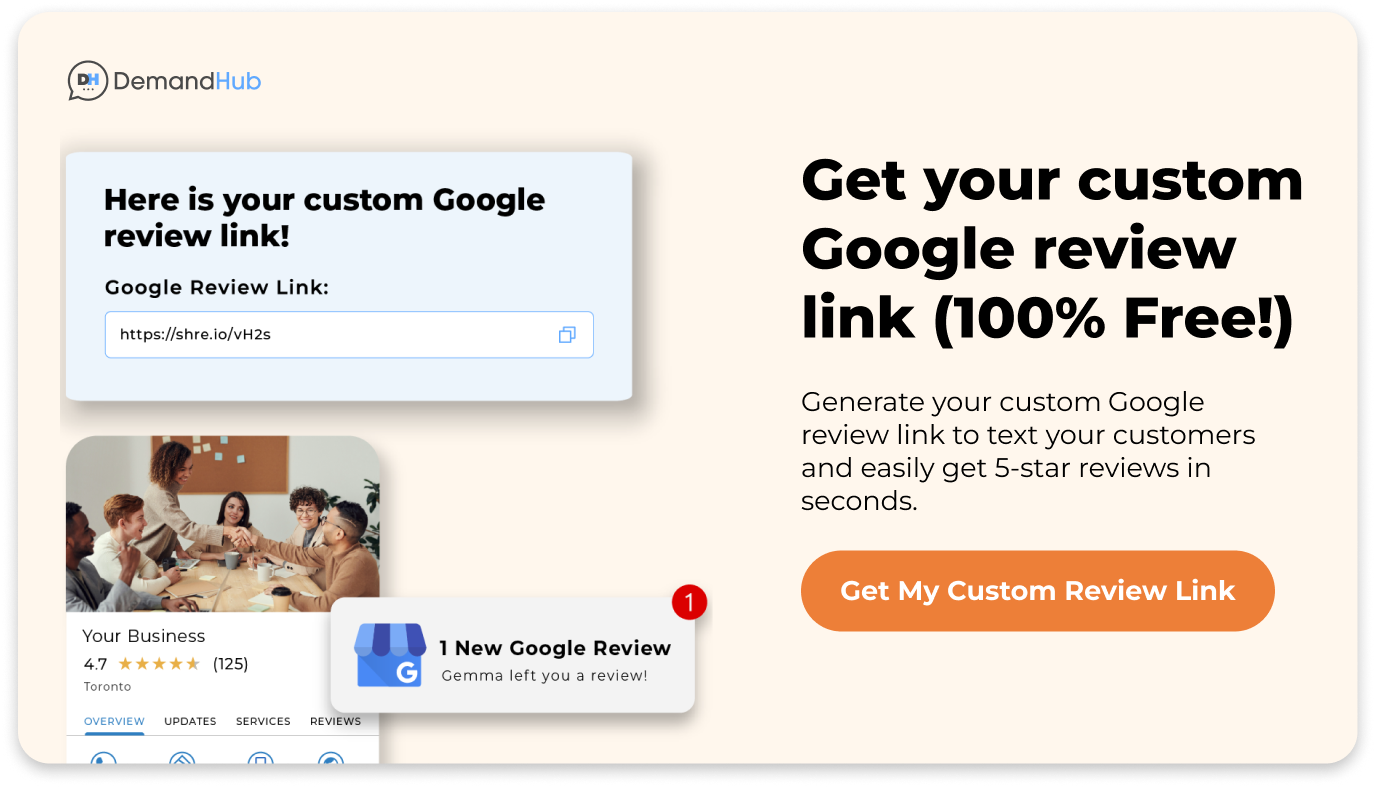How to Schedule Appointments With Your Patients? 12 Proven Strategies
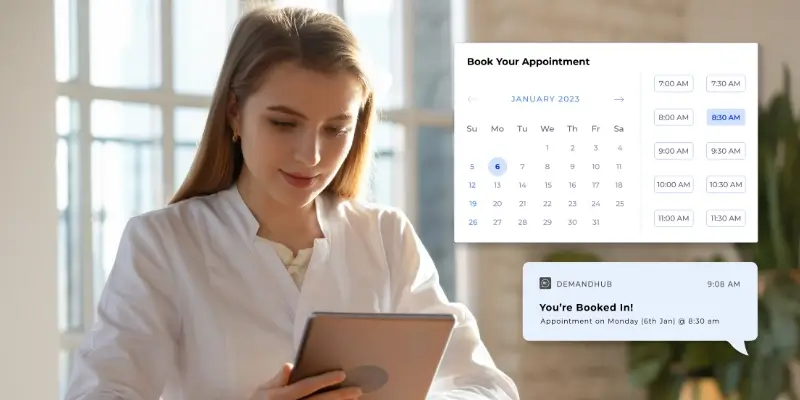
About 5.5% of patients don’t show up for their appointments. One hospital reported 62 daily no-show appointments, costing them around $3 million.
No-shows result in a loss of time and money for your practice. It also disrupts the continuity of care for other patients. But with the right patient scheduling appointment reminder software system, you can change this.
We’ll show you 12 simple but effective ways to improve your patient scheduling. It will help you book more appointments and reduce the number of no-shows.
Let’s learn how to make your patient scheduling better. One appointment at a time!
Table of Contents- What Is Patient Appointment Scheduling?
- Why Is Patient Scheduling So Important?
- The 12 Best Practices to Schedule Appointments
- What Are the Advantages of Patient Scheduling Software?
- What Are the Six Key Steps to Schedule a Patient’s Appointment?
- What 3 items must be considered when scheduling appointments?
- Conclusion
- Frequently Asked Questions (FAQs) about Patient Appointment Scheduling
What Is Patient Appointment Scheduling?
Patient appointment scheduling is essential for a successful medical practice. It’s not just about setting a date and time for patient visits. It organizes and manages every aspect of patient appointments.
Patient scheduling seems like a straightforward process. But it requires careful planning, experience, and skill. The goal is to ensure that:
- Patients receive timely care,
- Physicians use their time effectively,
- Healthcare facility operates smoothly.
Why Is Patient Scheduling So Important?
Patient scheduling involves:
Scheduling Appointments
The patient scheduling system sets up new and follow-up appointments for patients. The online scheduling process considers three factors:
- availability of healthcare professionals
- the urgency of the patient’s condition,
- expected appointment duration.
Patient Self-Scheduling
Modern technology allows patients to schedule their own appointments through online portals. This keeps your patient happy. It also reduces the time staff members spend on booking appointments.
Collecting Patient Information
Collecting patient demographics, insurance details, and other relevant information is necessary before scheduling. It ensures eligibility, prioritizes appointments and satisfies initial authorization requirements.
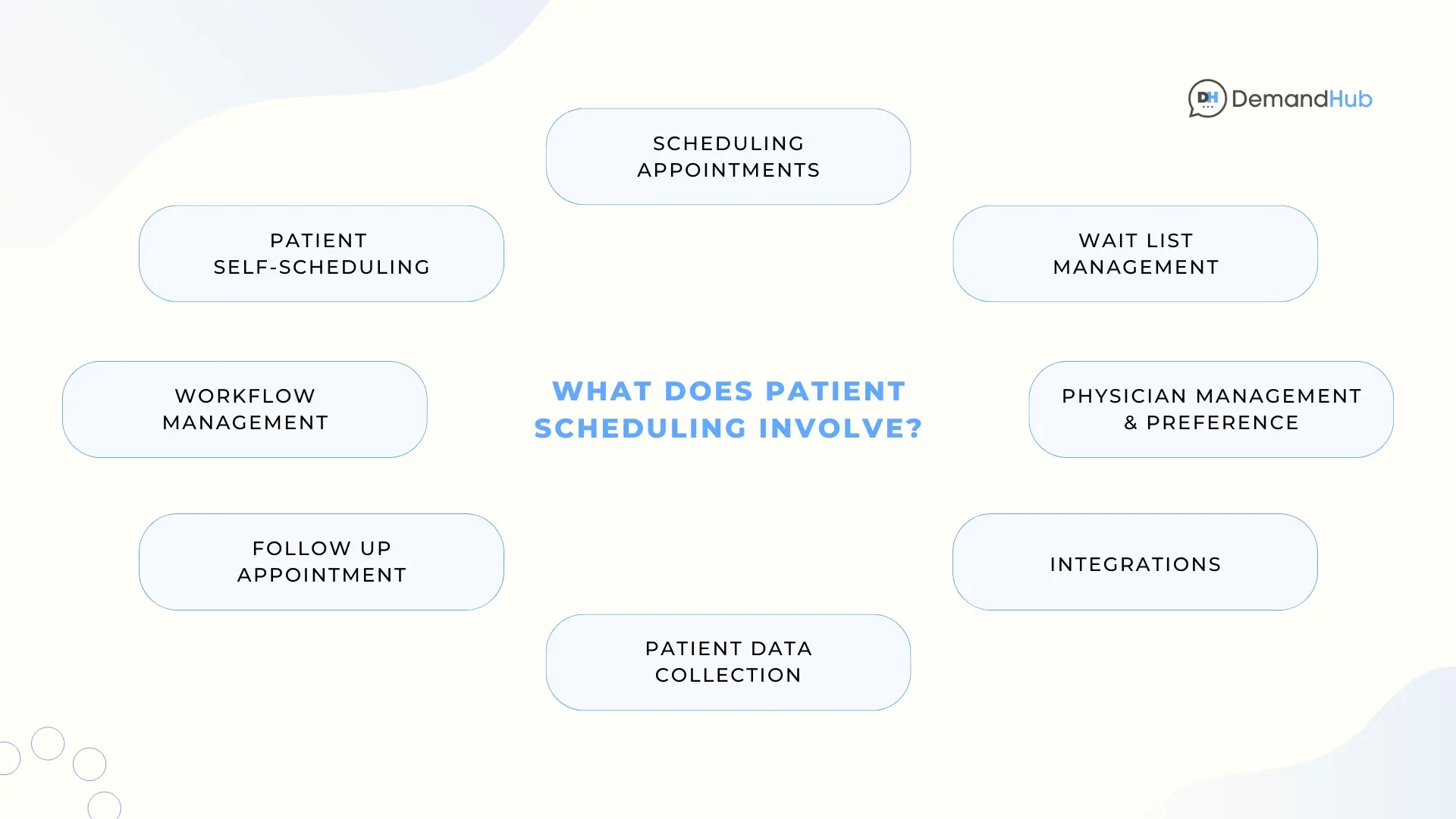
Appointment Reminders
Online patient scheduling systems send automated reminders to patients. It reduces no-shows and late arrivals. This appointment system reminds patients about their upcoming appointments and confirms slots.
Wait List Management
Cancellations and no-shows are inevitable. An efficient scheduling system should feature a waitlist to fill open slots quickly. It ensures optimal use of the healthcare provider’s time.
Provider Preferences
Healthcare providers have their own rules and preferences for scheduling patients. Some providers schedule morning appointments for new patients and follow-ups in the afternoon. An effective scheduling system must be able to adapt to these preferences.
Effective medical appointment scheduling can improve the patient experience and boost staff productivity. It can also enhance physician time and decrease no-shows.
The 12 Best Practices to Schedule Appointments
Medical appointment scheduling is a cornerstone of a successful practice. It can enhance patient care and improve healthcare delivery. It also optimizes the use of resources.
Here are 12 best practices that can transform your medical appointment scheduling.
1. Allow Patients to Self-Schedule
Effective medical appointment scheduling allows patients to book their own appointments. It can significantly improve the online booking procedure.
Patients can choose a time slot that suits them through an easy-to-use online portal. It reduces the back-and-forth communication that can delay appointment setting. This boosts patient satisfaction and frees up your staff for other essential tasks.
2. Send Automated Notifications and Reminders
No-shows and late arrivals can disrupt your schedule and lead to wasted resources. Patient reminder system send automated notifications and reminders to help reduce these issues.
Appointment reminders can help patients remember their appointments through text or email notifications. This can also help fill canceled slots by notifying patients on the waitlist.
3. Schedule From Noon
Schedule morning appointments from noon backward and afternoon appointments from noon forward. This approach helps you maintain productivity throughout the day. It also ensures that you schedule most of the confirmed appointments throughout the day. If morning or afternoon slots are empty, use that time for staff meetings or other administrative tasks. It’s the most efficient use of your time.
4. Create an Automated Patient Wait List
An automated patient waiting list can be a lifesaver. Especially when it comes to last-minute cancellations. When a slot opens, the system notifies patients on the waitlist, allowing them to book it. It keeps your schedule full and patients happy as they may get an earlier appointment.
5. Set Up Follow-Up Appointments
During a patient’s visit, schedule their next appointment right away. This ensures continuity of care and helps keep your schedule full. It also reduces the likelihood of patients forgetting to schedule their follow-up appointments.
6. Allow Real-Time In-Person Scheduling
While online scheduling is convenient, allowing patients to schedule in-person appointments is essential. Some patients may prefer this traditional method. Also, it’s beneficial for scheduling follow-up appointments before the patient leaves the facility.

7. Automate Responses to Routine Questions’
Many patients ask similar questions about their appointments. For example, the need for fasting or the appointment duration.
Automating responses to these routine questions can save your staff time. You can do this through a FAQ section on your website or an automated web chat.
8. Use the DemandHub Platform for Patient Appointments
DemandHub is a platform that can streamline your patient scheduling process. It offers features such as:
- online patient self-scheduling,
- automated text reminders and notifications,
- unified inbox,
- real-time schedule updates.
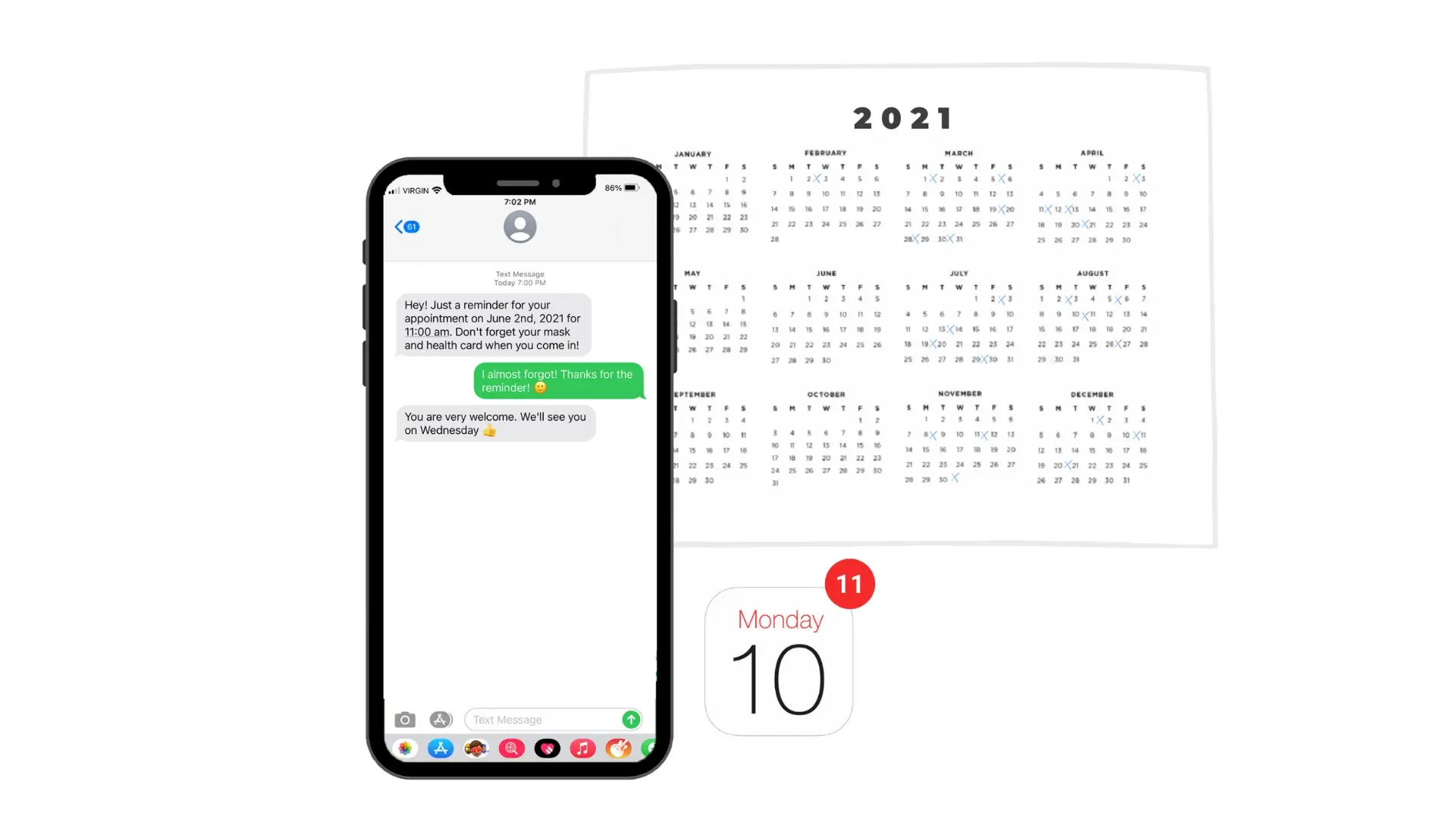
It also integrates with your EHR system to ensure seamless patient data flow and accuracy. DemandHub helps you improve patient scheduling and provides the highest productivity.
9. Integrate an Electronic Health Records (EHR) System
Electronic health records (EHR) systems can enhance patient engagement and scheduling to a great degree. EHR allows you to access patient information anytime.
It also allows you to access medical histories and scheduling details in one place. This streamlines the patient scheduling process by providing real-time availability of physicians. It also reduces the chances of double bookings or scheduling conflicts.
10. Prioritize Urgent Appointments and Same-Day Access
Timely access to healthcare is crucial, especially for patients with urgent medical needs. Implement a prioritization system for urgent medical appointments. It ensures that your practice can accommodate patients requiring immediate attention.
Offer same-day appointments for specific cases. It will enhance patient satisfaction and improve outcomes. Prioritize appointments needing urgent care. This shows your commitment to patient care and responsiveness.
11. Have a Quick Process to Fill in Cancellations and Gaps
Cancellations and gaps in the schedule are unavoidable. However, these can be turned into opportunities with a quick and efficient process to fill them in. Here’s how you can manage this:
- Maintain a Waitlist: Keep a list of patients who are interested in getting an earlier appointment or who are flexible with their schedules. When a cancellation occurs, you can quickly reach out to these patients to offer them the slot.
- Utilize Automated Reminders: Use a system that sends automated reminders to patients about their upcoming appointments. If a patient needs to cancel, they can do so in advance, giving you more time to fill the slot.
- Implement a Cancellation Policy: A cancellation policy that requires patients to cancel within a certain timeframe (like 24 hours before the appointment) can help reduce last-minute cancellations. Make sure this policy is communicated clearly to all patients.
- Leverage Technology: There are several appointment scheduling software solutions that can automatically detect and fill gaps in your schedule. These tools can match available slots with patients’ preferred times, making the process more efficient.
- Cross-Train Staff: Ensure that multiple team members are trained to handle appointment scheduling. This way, if a cancellation comes in, anyone on your team can quickly step in to fill the gap.
- Communicate Open Slots: If you have a significant gap in your schedule, consider sending bulk messages (like text messages) to your patient base. It will inform them of the available slots. This can be an effective way to fill multiple slots at once.
Remember, the goal is to minimize downtime and keep your schedule as full as possible. By having a quick process to fill in cancellations and gaps, you can ensure that your clinic operates efficiently and that as many patients as possible are served.
12. Track and Optimize Schedule Performance
Monitor and analyze your performance regularly to identify areas of improvement. Keep track of metrics such as wait times, no-show rates, and satisfaction scores.
This analysis helps you identify patterns, bottlenecks, or inefficiency in your scheduling software. By regularly optimizing your schedule performance, you can make data-driven decisions.
What Are the Advantages of Patient Scheduling Software?
Medical appointment scheduling software offers several advantages. They can significantly enhance the efficiency and effectiveness of many healthcare organizations and practices. Here are some key benefits:
Streamlined Scheduling Procedure
Appointment scheduling software automates and streamlines the scheduling process. It reduces manual tasks such as phone calls and paper-based appointment books.
This saves time for both staff and patients, improving patient scheduling and leading to more efficient scheduling and reduced administrative burdens.
Improved Patient Experience
Patients can easily schedule appointments online at their convenience. No more waiting on hold or calling during office hours.
The software provides an interface where patients can view available time slots. They can select the most convenient option and receive instant confirmation.
This convenience and accessibility enhance the patient experience and satisfaction levels.
Reduced No-Shows and Cancellations
The patient scheduling platform sends automated appointment reminders and notifications. They can significantly reduce the number of missed appointments and late cancellations.
Patients can receive reminders via email, SMS, or in-app notifications. It helps them remember their appointments and arrival time. This reduces revenue loss due to no-shows and allows practices to use their time more effectively.
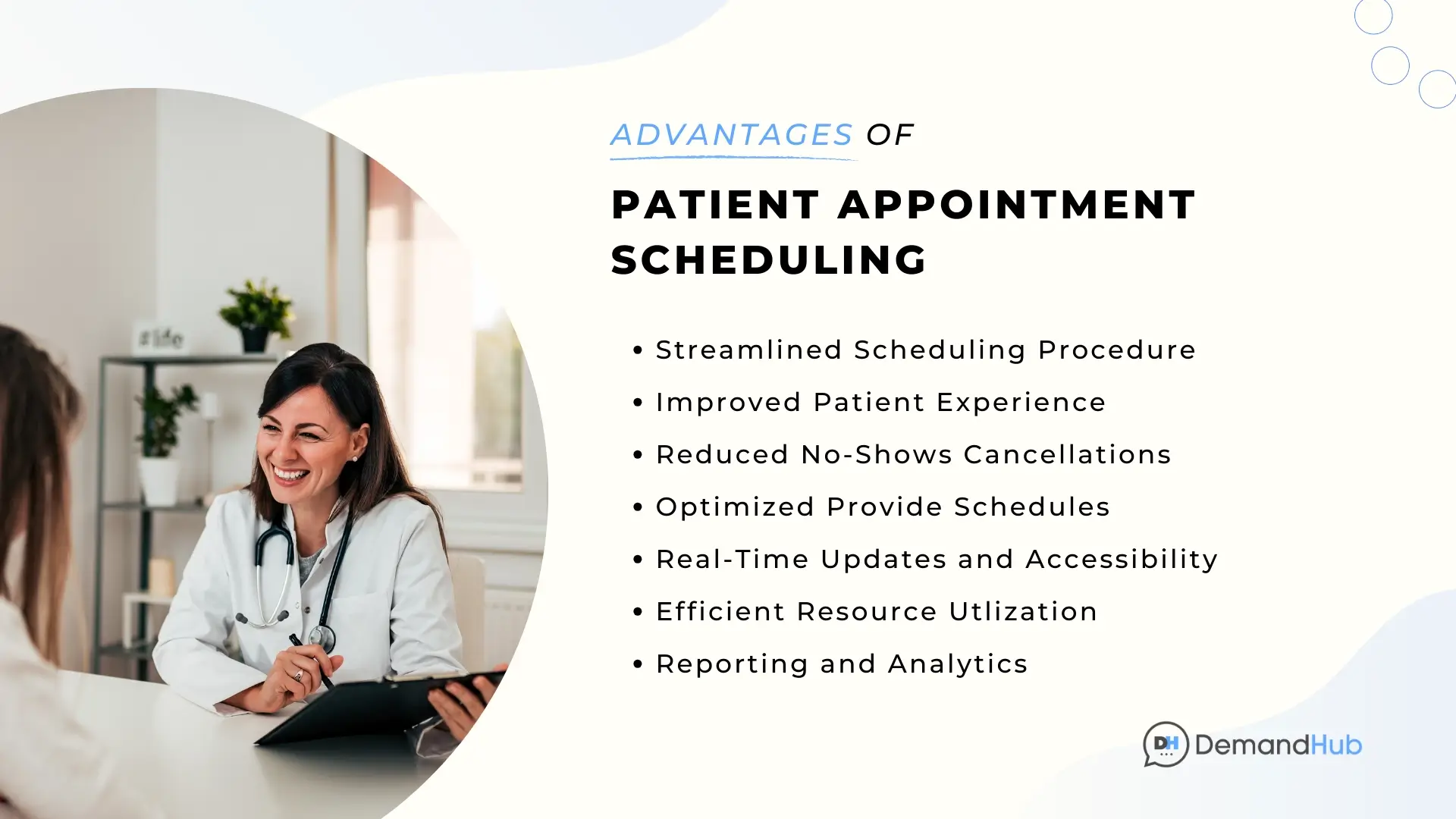
Optimized Provider Schedules
Scheduling software considers the availability and preferences of healthcare providers when booking appointments. It ensures that appointments are evenly distributed throughout the day.
It helps to reduce empty slots and create more efficient schedules for providers. This leads to better time management and improved patient care.
Real-Time Updates and Accessibility
Medical scheduling provides real-time updates and schedule access for healthcare providers and staff. They can view, change, or cancel appointments instantly. So anyone can access the most up-to-date information.
This eliminates scheduling conflicts and improves communication. It also reduces the risk of errors or double bookings.
Efficient Resource Utilization
Medical scheduling allows for better resource planning. It will enable you to allocate appropriate time slots and rooms for different appointments.
The software ensures the necessary equipment, staff, and resources are available when needed. It also prevents unnecessary delays or disruptions in patient care.
Reporting and Analytics
Appointment scheduling software often includes reporting and analytics features. It provides valuable insights into scheduling patterns, patient flow, and practice performance.
These insights enable data-driven decision-making, allowing practices to:
- identify areas for improvement,
- optimize scheduling processes,
- enhance resource allocation.
What Are the Six Key Steps to Schedule a Patient’s Appointment?
To schedule a patient appointment, follow these steps:
- Collect patient information: Gather necessary patient details. For example, name, contact details, the reason for the appointment, and any relevant medical history.
- Determine provider availability: Check the availability of the doctor or specialist to find a suitable date and time for the appointment.
- Coordinate with the patient: Communicate the available options to the patient. Confirm a suitable date and time for the appointment.
- Document the appointment: Record the appointment details in the scheduling software. This must include the date, time, duration, and specific requirements or instructions.
- Confirm the appointment: Send a confirmation message to the patient via email or SMS. Provide the appointment details and any necessary preparation instructions.
- Send reminders: Before the appointment, send automated reminders to the patient. This ensures they remember the date and time. Reminders can be in the form of emails, SMS, or automated phone calls.
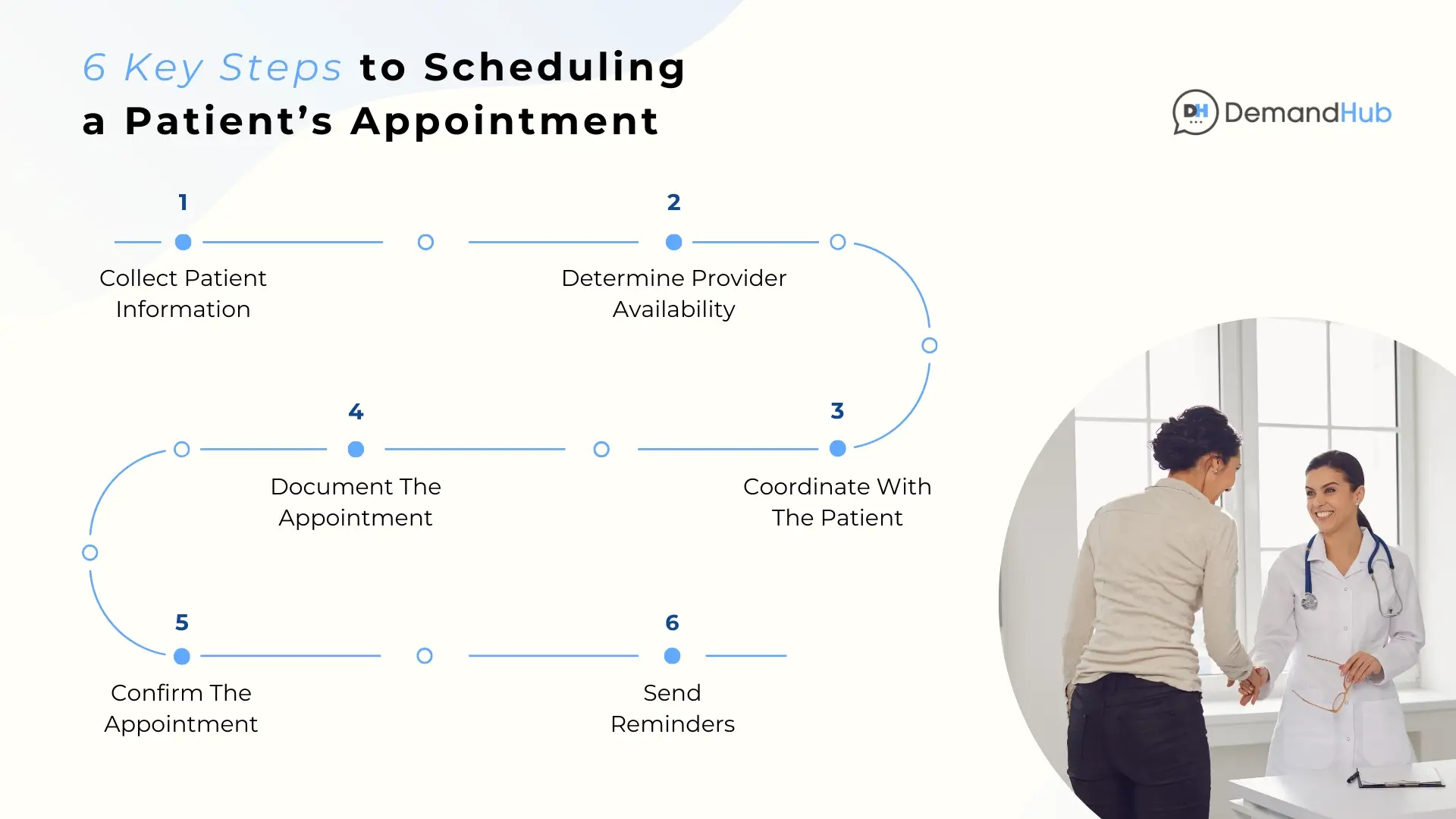
Maintain accurate and up-to-date scheduling records. Communicate effectively with patients to confirm appointments, and use appropriate systems to streamline patient scheduling.
What 3 items must be considered when scheduling appointments?
The 3 essential items you must consider when scheduling appointments are:
1. Provider Availability
Determine the availability of physicians or specialists. Consider their schedules and availability for new or existing patients. Also, consider any specific requirements or limitations they may have.
2. Patient Preferences
Take into account the preferences and availability of the patient. Consider their preferred dates and times and travel time to the medical office.
3. Appointment Duration
Determine the appropriate duration for the appointment. It should be based on the nature of the visit or procedure. Consider the estimated time the provider needs to address the patient’s needs satisfactorily. Also, allow for any extra time required for documentation or follow-up tasks.
Conclusion
Effective appointment scheduling plays a vital role in optimizing medical practices. Providers can enhance efficiency and improve patient outcomes. It can also streamline operations by implementing best practices and leveraging advanced tools.
One such tool is DemandHub’s online scheduling solution. With features like self-scheduling, automated reminders, and real-time updates, DemandHub offers an all-in-one solution for healthcare practices.
Book your free demo now to experience the benefits firsthand. And discover how it can transform your appointment scheduling process.
Take the first step towards seamless scheduling and improved patient experiences with DemandHub.
Frequently Asked Questions (FAQs) about Patient Appointment Scheduling
What is the meaning of patient scheduling?
Patient scheduling refers to the systematic process of organizing appointments for patients with healthcare providers. It involves allocating specific time slots to patients for consultations, treatments, or procedures, ensuring healthcare services are delivered efficiently without unnecessary delays. This process helps in managing the flow of patients. It also ensures that healthcare providers can serve them effectively and patients experience minimal wait times.
What are the examples of patient scheduling?
Examples of patient scheduling include:
- Open Scheduling: Patients can walk in and be seen in the order they arrive.
- Time-Specific Scheduling: Appointments are booked for specific times, often in 15-30 minute intervals.
- Wave Scheduling: Several patients are scheduled at the top of the hour, and they are seen in the order they arrive.
- Cluster Scheduling: Grouping similar appointments or procedures together during specific times or days.
- Double Booking: Scheduling two patients for the same time slot when a provider is known to be able to handle it.
What are the types of appointment schedules?
Types of appointment schedules include:
- Daily Scheduling: Appointments are set for various patients throughout the day.
- Weekly Scheduling: Appointments are organized on a weekly basis, often with specific types of appointments or procedures grouped on certain days.
- Monthly Scheduling: Appointments are planned for the entire month, often used for patients needing regular, recurring appointments.
- Block Scheduling: Certain blocks of time are reserved for specific types of appointments or procedures.
What is the first step in the patient scheduling process?
The first step in the patient scheduling process typically involves gathering patient information. This includes the patient’s name, contact details, reason for the appointment, and any other pertinent information that will help in determining the type and length of the appointment needed.
It’s also important to verify the availability of healthcare providers and resources during the desired time slot.
How can patient scheduling be improved?
You can improve patient scheduling by:
- Implementing a Scheduling Software: Utilizing technology to manage appointments, send reminders, and optimize scheduling.
- Training Staff: Ensuring that staff members are well-trained in managing schedules efficiently and handling any scheduling issues.
- Reducing No-Shows: Implementing reminder systems via calls, texts, or emails to reduce missed appointments.
- Flexible Scheduling: Offering varied appointment times to accommodate different patient needs.
- Streamlining Processes: Ensuring that the scheduling process is as straightforward and accessible as possible for patients.
What is patient scheduling in medical billing?
In the context of medical billing, patient scheduling is vital as it initiates the billing cycle. When a patient is scheduled, their insurance information is often collected or verified, ensuring that the healthcare provider has all the necessary details to bill for the upcoming service.
Accurate scheduling ensures the billing process can proceed smoothly, with all services accurately logged and billed to either the patient or their insurance provider, as appropriate. This helps in minimizing billing errors and ensuring timely payments.
